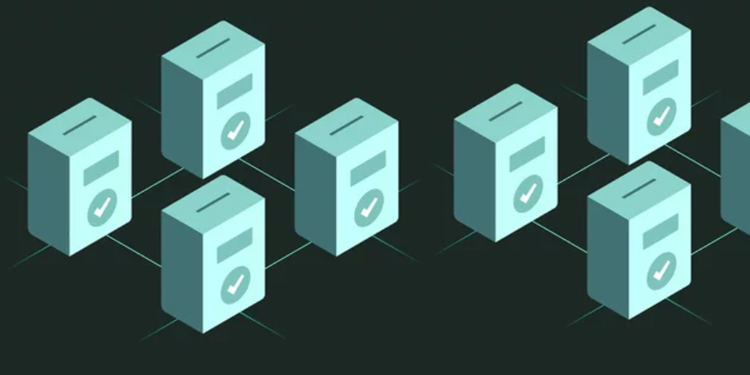When reviewed on paper, blockchain appears indefatigable. One would expect a distributed ledger that is immutable, self-governing, anonymous, and with limitless potential for tech applications now and in the future. However, a closer look reveals that most of them are faced with the challenge of governance (decision making).
Blockchain governance is a responsibility that lies with the stakeholders, including developers, users, and founders, and plays a great role in determining its success. Although most of the stakeholders involved understand their roles and goals in advancing a respective blockchain, how to achieve them is always a challenge. Here is a deeper look at governance challenges and the best solutions.
Governance Issues: Cases of Bitcoin and Ethereum
Poor governance at Ethereum almost brought down the blockchain. When Hackers stole $55 million from the venture fund at Ethereum, Decentralized Autonomous Organization (DAO), stakeholders could not come into an agreement on the way forward, and the highly promising blockchain had to undergo a hard fork that created Ethereum Classic and Ethereum.
Another good example of a blockchain with a myriad of governance of issues is Bitcoin. When Bitcoin was created, it was designed to only support up to seven transactions per block because of the small block size. The original block size only supported one megabyte, but decisions to address it have resulted in major challenges. For example, Bitcoin XT, which was launched in 2014 by Mike Hearn, proposed an increase of block size to eight megabytes. But it died off after the user lacked interest in it. Bitcoin TX is no longer available. Like Ethereum, poor governance in Bitcoin has resulted in major hard forks and new launches from the same stakeholders, including the following:
- Bitcoin Cash.
- Bitcoin Gold.
- Bitcoin Unlimited.
- Bitcoin Classic.
On-Chain Governance: The Best Solution for Blockchain Administration
For governance to be effective, blockchains require more than consensus from the transaction of the nodes. In addition, they need to include more stakeholders on the network. One blockchain network that has achieved this excellently is Dash, which works with nodes and masternodes. By bringing all users aboard and allowing them to vote on proposals the development community puts forward, it becomes easy to advance the blockchain to the next level. Visit Mantra Dao on this website for the best decentralized finance services, from crypto lending to staking.
When all stakeholders are involved, they are able to identify with the decisions that are taken because they voted for them. They draw the pride of being associated with a fast-developing blockchain and will want to make it the best. Also, it will be impossible for any specific group of stakeholders to force its decision that can result in a hard-fork.
If you are new to cryptocurrencies, it is crucial to take note of the governance model and only select the model with the best. For example, Ethereum proceeded well after the hard fork that created Ethereum Classic and Ethereum. For example, the stakeholders agreed that the blockchain’s shift from proof of work (PoW) to the high-potential proof of stake (PoS) model for faster growth. Now, Ethereum is expected to become one of the best blockchains in the crypto world. This is what good governance can do.
As you can see, so many aspects of cryptocurrencies come into play if you want to be successful in this emerging yet fast-evolving niche. This is why you should always work with a decentralized finance platform with a team of experts to ensure you make the right decision.
